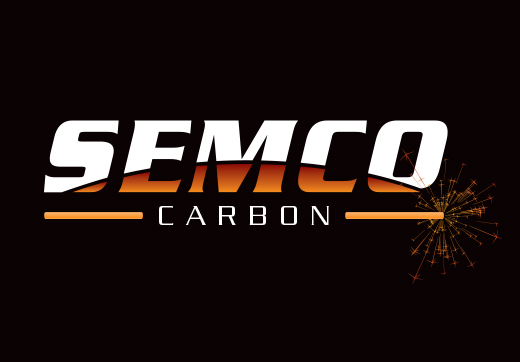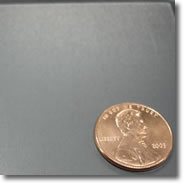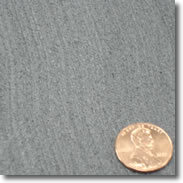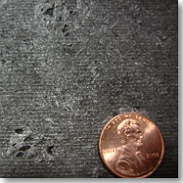
Density of Carbon
What is the Density of Graphite?
Graphite has a number of important qualities (high temperature tolerance, electrical conductivity, a relatively low specific gravity making it relatively light) that make it a unique and beneficial material for a variety of applications. The versatility and machinability of graphite make it a prime candidate for uses where varying density may be essential.
For this blog post we are going to use the density of graphite as a tool to separate a wide variety of graphite materials. This will help us to categorize most of the graphite grades available today into three broad categories. Why? Because the graphite density is an important factors in determining suitability of a particular graphite grade for a particular application.
So how do we measure grpahite density? Since density is a measure of mass in a certain volume, the test for bulk density requires samples of a known size. In our test we typically produce a group of samples taken from various locations throughout the raw material block being tested and then precision machine them into a standard block size holding extremely tight tolerances, allowing almost no deviation.
Once the samples are prepared and their individual weights taken we simply have to divide their mass by their volume.The density of the material including the air spaces is the material's bulk density, which differs significantly from the density of an individual grain of graphite with no air included. Bulk density is typically how this value is reported on most graphite material specification sheets.
Density can be both an indicator of and a result of the particle size, strength and porosity inherent in a specific graphite material, because the larger the particle size and more openings filled with air the lower the density.
The density of graphite can be adjusted by it's raw materials, formulation and manufacturing processes used to create the specific material grade during initial production. The finished graphite material's density may also be increased though the use of additives and impregnations that will fill in the open porosity of the base graphite material.
Fine Grain Graphite 
The very fine structure of these graphite materials generally associated with high graphite density allows them to produce a very precise machined detail and very good surface finish, while reducing wear in many industrial applications. The designation of fine grain graphite typically refers to materials with individual particles ranging in size from 0.0001'' up to 0.005'' which have been milled and blended then isostatically pressed into their raw material shape. While this material has about 5-15% of its volume made up of openings between the individual particles, these opening or porosity are very hard to see because of the very small particles that make up the material.
These materials typically have a bulk density of 1.90 to 1.72 g/cm³
Medium Grain Graphite

The designation of medium grain graphite typically refers to materials with individual particles ranging in size from 0.020'' up to 0.062'' which have been compression molded or extruded into their raw material shape. While this material also has about 12-20% of its volume made up of openings between the individual particles, these opening or porosity are easily visible to the human eye because of the particles that make up the material are much larger than those in the fine grain materials. When discussing applications, medium grain graphite materials represent a perfectly suited alternative to fine grain graphite materials for medium and large parts or components. They include furnace parts, trays, extrusion guides, heating elements, crucibles, self lubricating bearings etc.
These materials typically have a bulk density of 1.74 to 1.69 g/cm³
Coarse Grain Graphite
The designation of coarse grain graphite typically refers to materials with individual particles typically ranging in size from 0.060'' up to 1/4'' which have been extruded into their raw material shape. While this material also has about 12-20% of its volume made up of openings between the individual particles, these opening or porosity are easily visible to the human eye because of the particles that make up the material are as large as a pencil cut in half and considerably larger than those in the medium grain materials.
Typically when discussing a coarse grain graphite we are talking about an extruded graphite electrode. This coarse grain material is an excellent material for the manufacture of graphite crucibles, large ingot molds and pouring troughs. Because of it's large particle size and open porosity it's density is typically lower than other finer grain materials. The lower density allows it to resist thermal shock exceptionally well and it can handle the change to high temperature as molten metals contact it's surface.
While this material also has about 12-20% of its volume made up of openings between the individual particles, these opening or porosity are extremely visible to the human eye because of the very large particles that make up the material. This material is normally used to make very large parts, such as casting troughs, large crucibles and furnace bricks.
These materials typically have a bulk density of 1.72 to 1.60 g/cm³
Knowing the graphite density of your materials and using the correct materials for the proper application.
Hopefully we have answered the question "What is the density of graphite material in use in our facility?". If you have any further questions about graphite density please feel free to reach out to the professionals at Semco Carbon.
